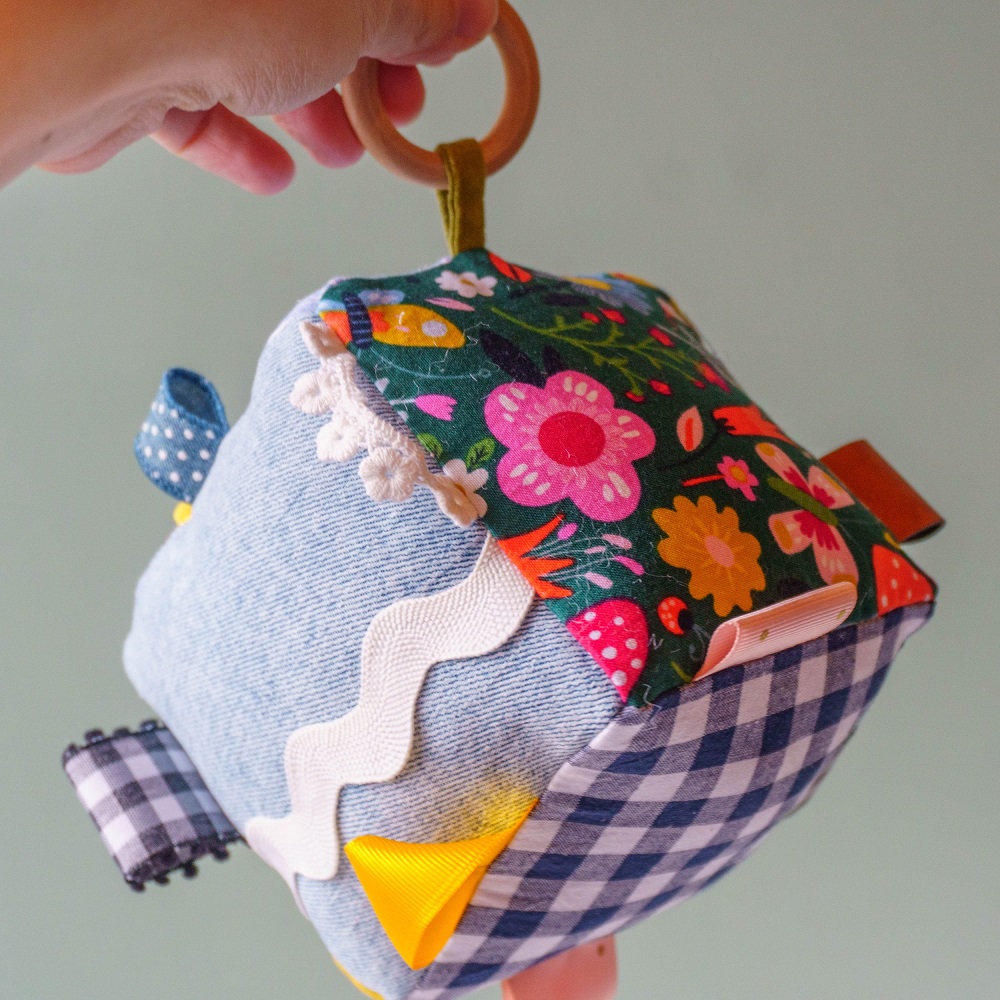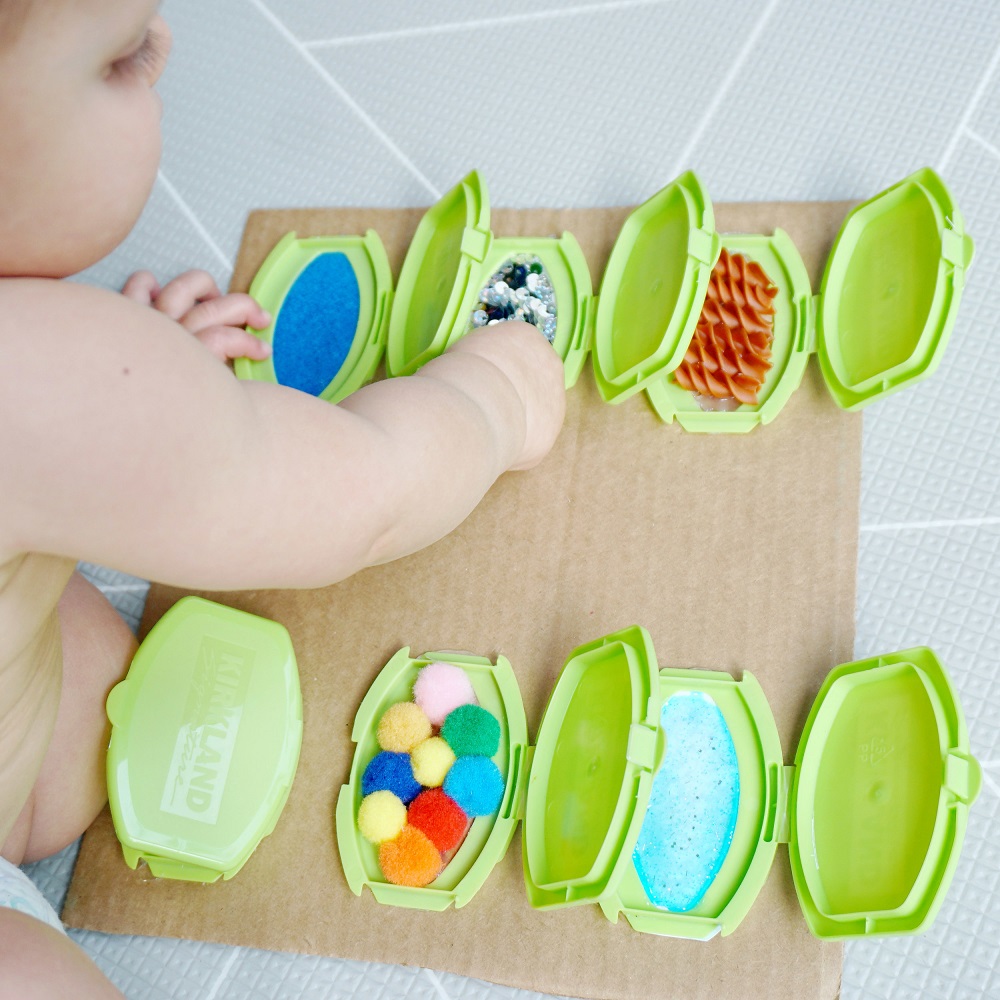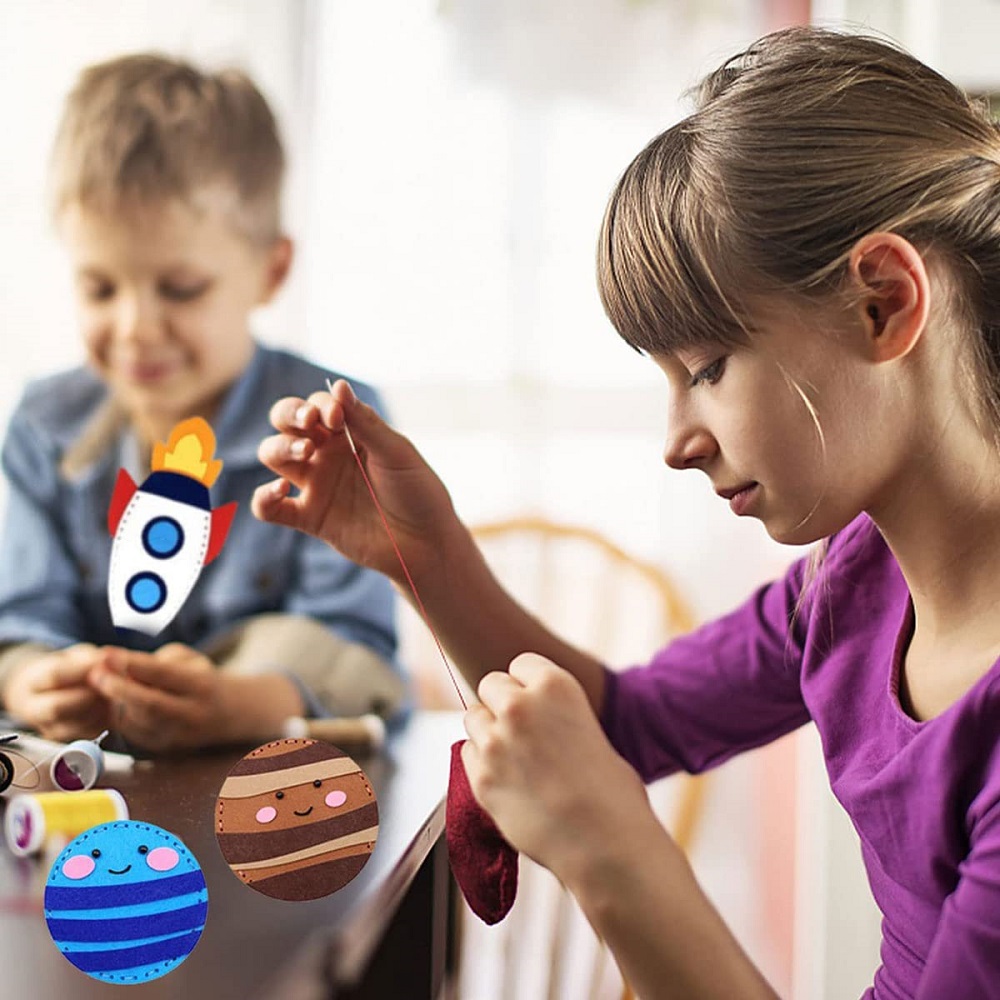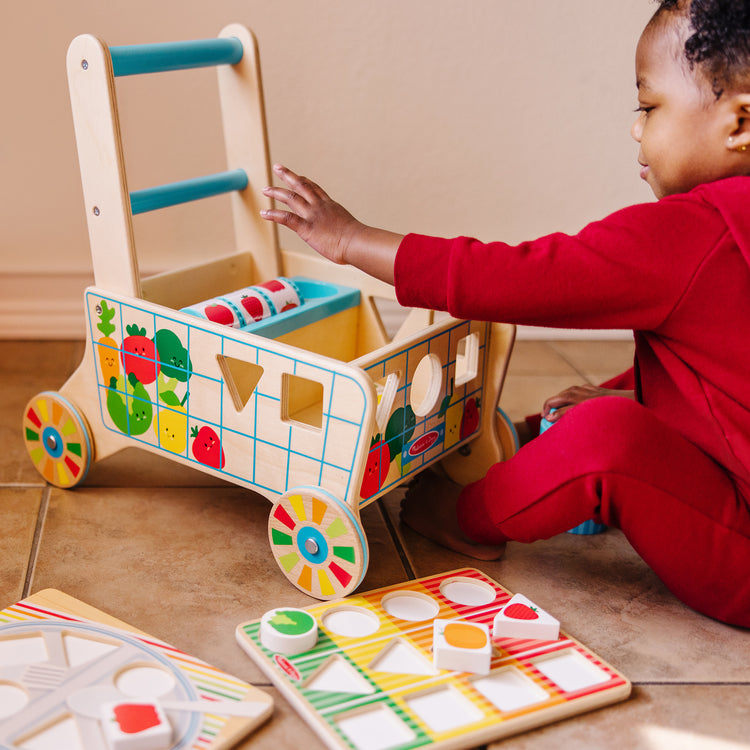Creating DIY baby toys can be a rewarding experience for parents and caregivers. Not only does it allow you to customize toys according to your child’s preferences, but it also gives you an opportunity to bond while being creative. However, safety is paramount when making toys for infants and toddlers. The materials chosen and the construction methods used must ensure that the final product is safe and appropriate for little ones. In this article, we will explore practical tips for selecting materials and ensuring safety when crafting DIY baby toys.
The Benefits of DIY Baby Toys
Understanding the Value of Handmade Toys
DIY baby toys offer unique advantages that store-bought toys often cannot provide. One of the most significant benefits is customization. Parents can create toys that cater specifically to their child’s developmental stages and interests. This means that the toys can be designed to stimulate senses, enhance motor skills, or encourage imaginative play.
Additionally, making toys together can be a fun bonding activity between parents and children. Engaging in creative projects fosters emotional connection and enhances communication. Children can learn valuable skills by observing their parents or caregivers during the crafting process, such as problem-solving, patience, and curiosity.
Cost-Effective Crafting
Creating baby toys at home can also be more cost-effective compared to purchasing new products. Many DIY toys can be made from materials found around the house or inexpensive supplies from local craft stores. By using repurposed items, parents can reduce waste and contribute to an environmentally friendly lifestyle.
Understanding the financial benefits of DIY projects makes them appealing for families on a budget. Investing time in crafting baby toys can yield enjoyable and educational results without significant expenses. The financial savings combined with the personal touch of handmade items make DIY baby toys a worthwhile endeavor.

Choosing Safe Materials
Natural and Non-Toxic Options
When selecting materials for DIY baby toys, prioritize natural and non-toxic options. Wood, organic cotton, and felt are excellent choices known for their safety and durability. Natural wooden toys are long-lasting and provide a pleasing texture for babies to grasp. When crafting with wood, ensure that it is untreated and free from harmful chemicals.
Organic cotton fabric can be used for soft toys, such as stuffed animals or fabric blocks. This material is gentle on the skin and poses fewer risks of irritation. Additionally, opting for non-toxic dyes or paints ensures safety, especially if the toy will go into a baby’s mouth.
Avoiding Hazardous Materials
Certain materials should be strictly avoided when making baby toys. For example, steer clear of small plastic parts that can pose a choking hazard. Also, avoid materials that contain lead or phthalates, as they can be harmful to young children.
Be cautious with items like glitter, as some glitter products contain microplastics that can be unsafe if ingested. In general, prioritize simplicity and natural materials. The primary goal is to ensure that the toy is safe for exploration and play.

Tool Safety and Work Environment
Using Child-Safe Tools
When crafting baby toys, it’s essential to use the appropriate tools and techniques. Choose child-safe tools that minimize the risk of injury. For cutting fabrics or wood, consider using scissors with rounded tips, and ensure that they are handled carefully. If using power tools, follow manufacturer safety guidelines and consider using them away from the child’s access.
Always supervise your work area to maintain a safe environment. A clutter-free workspace reduces the risk of accidents while crafting. Setting a clear space dedicated to your DIY projects allows you to concentrate on creating while ensuring safety.
Creating a Safe Work Environment
Maintaining a safe work environment is vital when making baby toys. Ensure that your crafting area is well-lit and organized. This minimizes the chances of accidents, especially if working with sharp tools or small materials. Keep hazardous items, such as scissors, paints, or glues, out of reach from children.
If crafting indoors, provide ventilation, especially when using paints or adhesives. Many crafting materials can emit fumes, which may be harmful if inhaled. Safety precautions should be taken seriously to ensure a healthy environment for both the crafter and the child.

Designing Safe and Engaging Toys
Simple and Innovative Designs
When designing toys, keep in mind that simplicity often leads to the best results. Infants and young toddlers benefit from uncomplicated shapes and designs. For example, soft fabric blocks, sensory balls, or rattles are easy to grasp and manipulate.
Engaging toys should capture a child’s attention. Consider using bright colors and patterns, as well as different textures, to stimulate sensory exploration. Adding features like crinkly fabric or bells can make toys more appealing, encouraging infants to explore them further.
Functional and Fun Play Features
Incorporating functional elements into DIY toys can enhance their play value. Look for ways to include multiple activities within a single toy. For example, a soft quiet book with crinkly pages, textures, and simple pictures provides various sensory experiences.
Using sensory features promotes fine motor skills and cognitive development. Toys that encourage reaching, pulling, or stacking will help babies strengthen their muscles and coordination. Aim for toys that encourage exploration and interaction, leading to enriched playtime experiences.

Test and Inspect Before Use
Thoroughly Inspecting Toys
Before allowing your child to play with a newly created toy, it’s essential to conduct thorough inspections. Check for any small parts that may have come loose during crafting, ensuring there are no components that could pose choking hazards. If using any painted surfaces, check for any chips or rough areas.
Pay special attention to edges and seams, particularly in fabric-based toys. Make sure that stitching is secure and that there are no exposed threads or rips. Taking these extra steps can contribute significantly to the safety and longevity of the toy.
Testing Durability
Testing the durability of a toy is also important. Babies tend to explore by pulling, chewing, and throwing their toys. Ensure that the toy can withstand this type of play without falling apart or breaking. For example, squeeze a soft toy to verify whether it retains its shape and integrity.
In the case of wooden toys, make sure that they are sanded down properly, eliminating any rough edges that can cause injuries. Regularly inspect toys over time for wear and tear, addressing any issues that arise promptly. Remember that safety should always come first, and no toy should be used if there are any concerns about its condition.

Engaging Your Baby with DIY Toys
Encouraging Exploration
Once your DIY baby toys are complete and thoroughly inspected, it’s time to engage your little one with them. Encourage exploration by presenting the toys in a playful and inviting manner. Lay out a variety of options, allowing your child to discover what interests them the most.
Use this opportunity to interact and play alongside your baby. Engaging in play helps strengthen the parent-child bond while providing a deeper understanding of how the toys function. Encourage your child’s curiosity by asking open-ended questions and praising their exploration efforts.
Rotating Toys for Sustained Interest
To maintain your child’s interest over time, consider implementing a toy rotation system. This approach allows you to keep a selection of toys readily available for play while storing others. When a toy collection gets rotated in, it feels new and exciting, providing fresh opportunities for exploration.
Keep an eye on your child’s preferences to personalize future DIY projects. Understanding what toys resonate with your child helps inspire new craft ideas. The rotation system allows ongoing engagement, ensuring that your baby remains stimulated while playing.
Sharing the Joy of DIY Toys
Involving Family and Friends
Making DIY baby toys can become a family affair. Invite friends or family members to join you for crafting sessions. This shared experience can be an enjoyable way to bond with loved ones while encouraging creativity. You can exchange ideas and tips on crafting different toys that can cater to various developmental needs.
Sharing your creations with others can also lead to the exchange of materials, tools, and techniques. Family members with experience in crafting can provide invaluable guidance, helping you elevate your projects. This communal aspect of DIY toy making enriches relationships and builds a supportive network.
Documenting the Creative Process
Consider documenting your DIY journey by taking photos and notes. Capturing the process can serve as a cherished memory and inspire future projects. When crafting toys together, involve your child in this documentation. They may enjoy looking back at their early creations and seeing how their interests have evolved over time.
By documenting the creative process, you create a meaningful record of growth and development. This reflection can also serve as motivation for new crafting projects down the road. Sharing these experiences with your wider community can inspire others to embark on their own DIY journey.
Conclusion
Creating DIY baby toys can be a fulfilling and enjoyable experience for both parents and children. Through thoughtful selection of safe materials, interactive designs, and engagement in the crafting process, parents can enhance their child’s playtime while ensuring their safety. Understanding how to choose the right materials, implement safety measures, and foster engagement through play will lead to rich learning experiences for little ones.
The act of making toys together not only promotes development but also cultivates a bond that can last a lifetime. As toddlers explore and engage with their handmade toys, they unlock the potential for creativity and exploration. With a little inspiration and care, DIY baby toys can provide joy and growth for both infants and their families. Embrace the journey, and savor the moments spent crafting memories together!
